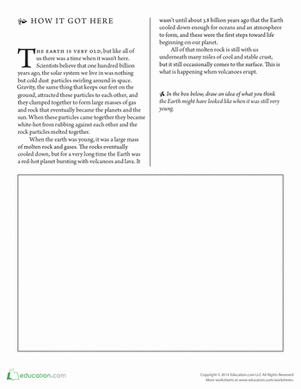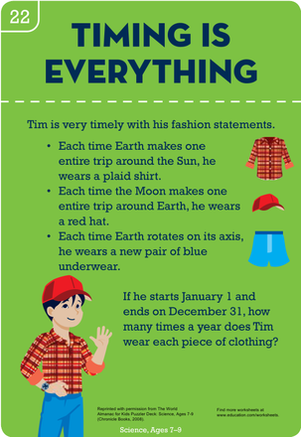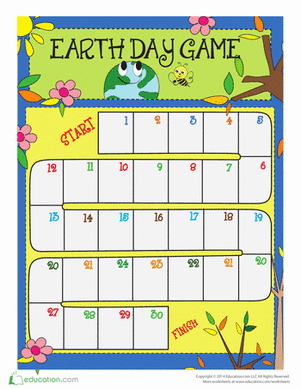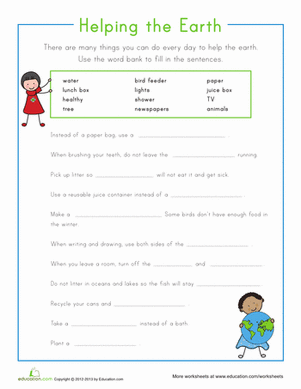Activity
How Earth's Wobble Affects the Rotation of Earth?
Cost
$1-$5
Safety Issues
There are no safety issues for this project.
Material Availability
The materials are readily available from most stores.
Approximate Time Required to Complete the Project
2-3 Months
Objective
This investigation explores the position of Earth in relation to the sun and compares sunset times and sunrise times over a period of three months to determine if there are fluctuations in the rising and setting of the sun and the position of earth as it rotates daily.
Materials and Equipment
- Book
- Metric ruler
- Piece of paper
- Protractor
- Tape
Introduction
Earth is tilted on an axis at a 23.5 degree angle. The Earth’s tilt is responsible for the changing exposure of the northern and southern hemispheres to the sun during the revolution of Earth. Scientists believe Earth wobbles on its tilt, fluctuating from side to side. In this experiment, it is proposed that Earth’s wobble causes a slight increase and decrease in the length of sunlight exposure on a day to day basis. If the Earth wobbles, then the time of sunset and sunrise will not only change in response to the revolution and varying exposure of the hemispheres to the sun through out the year, but daily exposure to the sun will fluctuate. In this experiment it is expected that sunset and sunrise times will increase and decrease from day to day.
Research Questions
- What is the difference between Earths rotation and revolution?
- What causes the change in seasons in the Northern and Southern Hemispheres?
- How does the position of the Earth change over the course of the year?
- What causes unequal heating of Earth’s surface?
- What evidence supports the idea revolution of the Earth around the sun?
Terms and Concepts to Start Background Research
- Axis
- Constellation
- Momentum
- Revolution
- Rotation
- Tilt
The diagram illustrates Earth on its axis and the projected model of Earth’s wobble.
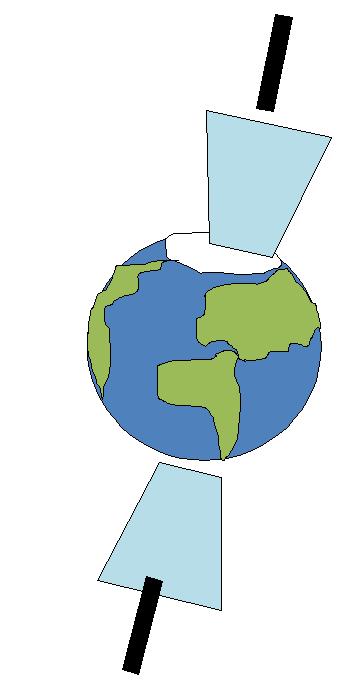
Experimental Procedure
- Gather all necessary material. The materials include 2 metric rulers, 1 protractor, tape, a book, and a piece of paper.
- This project will require a view of the horizon on the East and West. If this is not possible for the project, the experimenter can find out the time of sunrise and sunset from their local weather station or from the local newspaper in the weather section.
- Record the time the sun rises and sets every day for a period of three months.
- At the time of sunrise and sunset, place a piece of paper on flat ground and draw a straight line on the paper. The line on the paper should be parallel to the horizon. Place a dot on the line to represent the position of the sun at the time of sunset and sunrise.
- Repeat step 4 every day for 3 months, making sure to record the date beside the dot for the position of the sun.
- At the end of the first month, measure the distance change between the original dot or position of the sun at sunrise/sunset and each consecutive position of the sun at sunrise/sunset.
- Plot the change of the position of the sun over time on a line graph to depict how the position of the earth changes on a daily basis following one complete earth rotation.
- Plot times of the sunrise/sunset over the time in days to determine if there are fluctuations in daily sunrise/sunset times.
- Repeat steps 6-8 for months two and three to deduce a pattern of trend that may provide evidence that Earth wobbles as it rotates.
Bibliography
- “Earth’s Wobble has stopped” by Administrator Friday, 10 February 2006
- http://www.2012prepare.com/wobble-earth-2012.html
Education.com provides the Science Fair Project Ideas for informational purposes only. Education.com does not make any guarantee or representation regarding the Science Fair Project Ideas and is not responsible or liable for any loss or damage, directly or indirectly, caused by your use of such information. By accessing the Science Fair Project Ideas, you waive and renounce any claims against Education.com that arise thereof. In addition, your access to Education.com's website and Science Fair Project Ideas is covered by Education.com's Privacy Policy and site Terms of Use, which include limitations on Education.com's liability.
Warning is hereby given that not all Project Ideas are appropriate for all individuals or in all circumstances. Implementation of any Science Project Idea should be undertaken only in appropriate settings and with appropriate parental or other supervision. Reading and following the safety precautions of all materials used in a project is the sole responsibility of each individual. For further information, consult your state's handbook of Science Safety.




